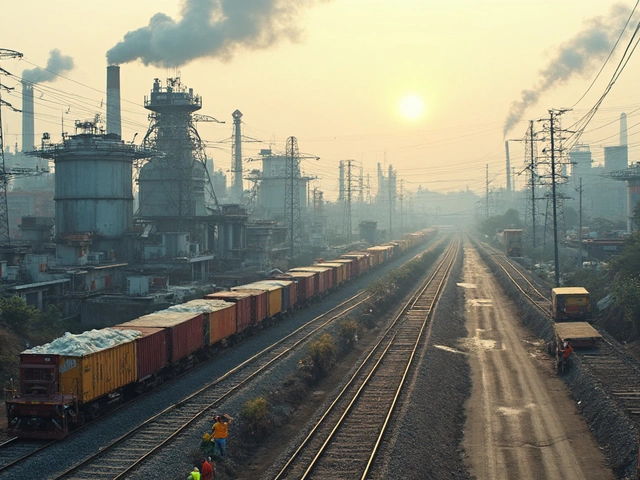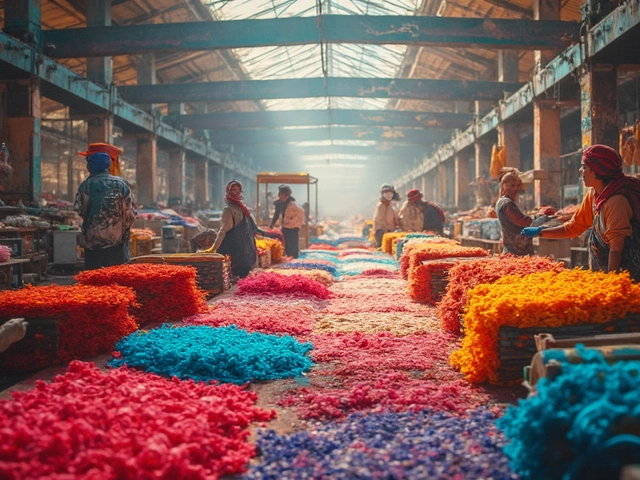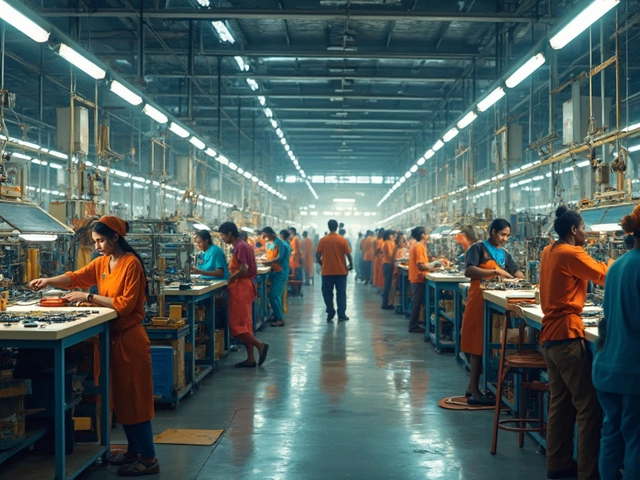Manufacturing Obstacles: What’s Holding Production Back?
When dealing with manufacturing obstacles, the roadblocks that stop factories from running smoothly. Also known as production challenges, they affect everything from cost to quality.
Understanding manufacturing obstacles starts with the Supply Chain, the network that moves raw material to the shop floor and finished goods to the market. When a single link breaks – a port strike, a freight bottleneck, or a sudden raw‑material price jump – the whole line stalls. The COVID‑19 shock showed how fragile global sourcing can be, and Indian factories felt the squeeze when overseas component deliveries slowed. Companies that map every tier, diversify vendors, and keep safety stock often survive the hiccup.
Next up is Regulatory Compliance, the set of laws, standards and permits factories must obey. In India, new environmental rules, labor codes and safety norms pile up faster than paperwork can be processed. Failing to meet a pollution limit can shut a plant for weeks, while missing a labor registration may trigger fines that bite into margins. The trick is to treat compliance as a design parameter, not an afterthought – embed auditors early, use software checklists, and keep abreast of policy updates.
Another big blocker is the Skills Gap, the shortage of trained workers who can run modern equipment. Automation promises higher output, but without technicians who understand CNC programming or robotics, the machines sit idle. Indian manufacturers often compete with the tech sector for engineers, leaving production floors understaffed. Upskilling programs, apprenticeships with local polytechnics, and on‑the‑job mentorship can close the gap and keep the line humming.
Technology adoption itself can be a double‑edged sword. While Technology Adoption, the rollout of digital tools, IoT sensors and smart factories can boost efficiency, the upfront cost and integration complexity can stall projects. A factory that rushes into a ERP system without cleaning its data often ends up with more downtime than before. The sweet spot is incremental upgrades – start with a single production cell, collect data, prove ROI, then scale.
All these pieces connect in a simple way: manufacturing obstacles encompass supply chain hiccups, require regulatory compliance, are worsened by a skills gap, and can be eased by thoughtful technology adoption. When you see a delay, ask which of these four factors is at play. The answer guides the fix – negotiate with a vendor, revise a compliance checklist, launch a training sprint, or pilot a new sensor.
Real‑world examples illustrate the pattern. The IKEA furniture supply network, for instance, wrestles with global logistics and strict sustainability standards; Cipla’s pharma growth hinges on meeting strict drug‑approval rules; Surat’s textile boom survived a skills shortage by partnering with local training institutes; and the push for low‑cost electronics in India relies heavily on semiconductor imports, highlighting both supply chain and technology challenges. Each case shows how one obstacle can ripple through the entire operation.
Below you’ll find a curated set of articles that dig deeper into each of these hurdles – from supply‑chain risk maps to step‑by‑step guides on setting up a new factory, from strategies for mastering compliance to tips on bridging the skills gap. Dive in to see practical steps, data‑backed insights and stories that illustrate how manufacturers turn obstacles into opportunities.

Small scale industries often come with a unique set of challenges that can impede their growth and success. From financial constraints to limited market reach, these businesses must navigate various pitfalls to stay afloat. Dive into the common weaknesses that small manufacturers face, along with practical tips to overcome these obstacles and thrive in a competitive market. (Read More)







